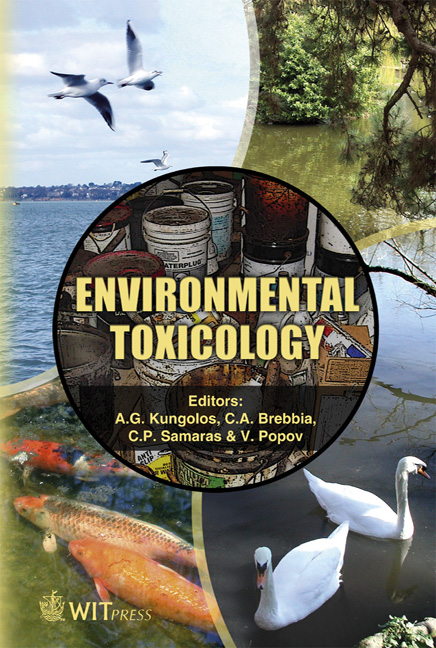Combining Three In Vitro Assays For Detecting Early Signs Of UVB Cytotoxicity In Cultured Human Skin Fibroblasts
Price
Free (open access)
Transaction
Volume
10
Pages
11
Published
2006
Size
423 kb
Paper DOI
10.2495/ETOX060351
Copyright
WIT Press
Author(s)
C. Khalil
Abstract
The aim of this study was to determine the most sensitive approach for detecting the early signs of UVB-induced cellular damage using human skin fibroblasts. UVB-induced cell damage was assessed immediately and 24 h post irradiation using 3 in vitro colorimetric assays: neutral red (NR); 5-(3-carboxy-methoxyphenyl)- 2-(4.5-dimethylthiazolyl)-3-(4-sulphonyl) MTS; and (iii) LDH enzyme release. A good correlation was observed immediately post exposure between the MTS and NR in measuring damage levels, but was lost 24 h post exposure. This loss of correlation was the result of delayed expression of lysosomal damage and led to investigating cell membrane damage using LDH cell leakage assay. LDH levels observed immediately post UVB irradiation indicated significant LDH release at exposure doses of 2.2 and 2.8 J/cm 2 , while LDH release reported 24 h post exposure was recorded for doses as low as 0.70 J/cm 2 . The data reported in this paper indicated that cell viability and damage were significantly affected in a dose dependent manner as a result of exposure doses. The assays used displayed different sensitivities in detecting damage with the earliest signs of cellular UVB damage best-measured 24 h following exposure using the LDH assay. Furthermore UVB contributed to denaturing the cellular LDH released during irradiation. Therefore the use of LDH cytotoxicity based assays with UVB exposure must be considered with extreme care. Keywords: cells, viability, MTS, neutral red, UVB, LDH, cytotoxicity.
Keywords
cells, viability, MTS, neutral red, UVB, LDH, cytotoxicity.





